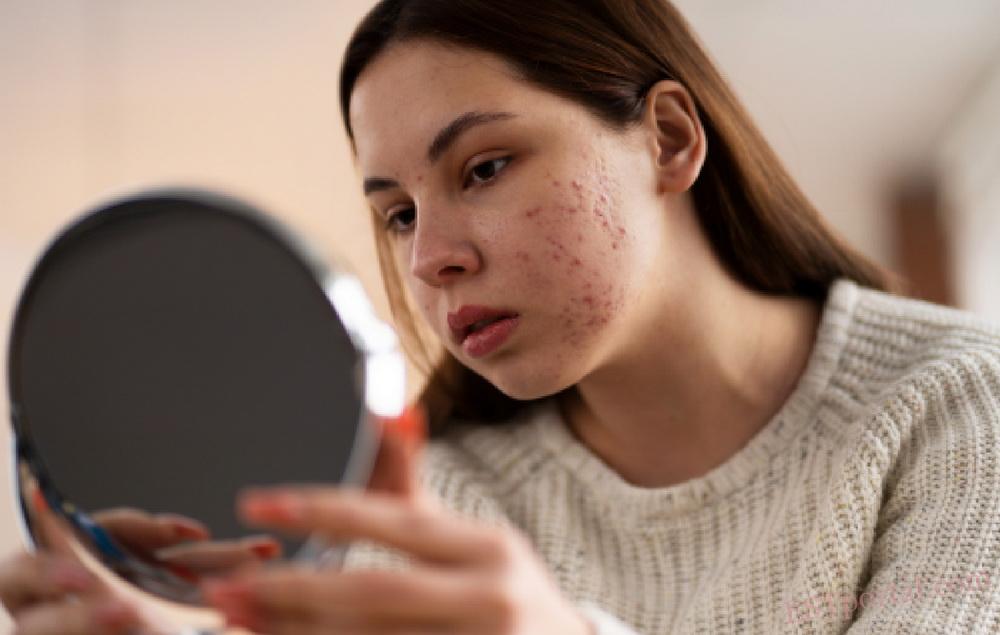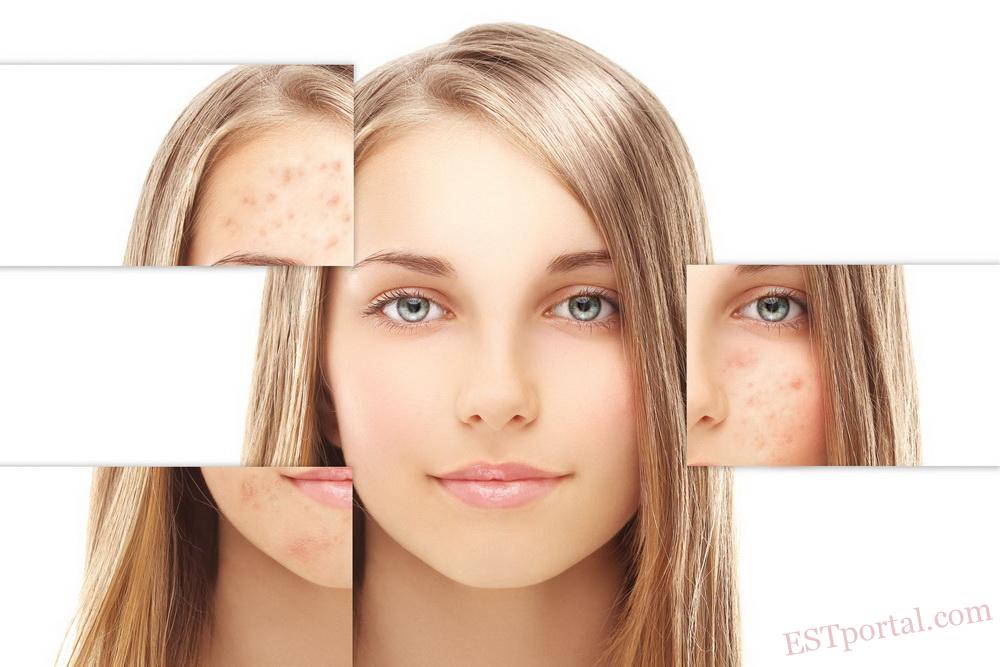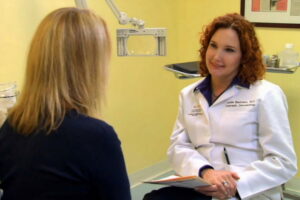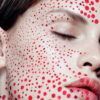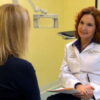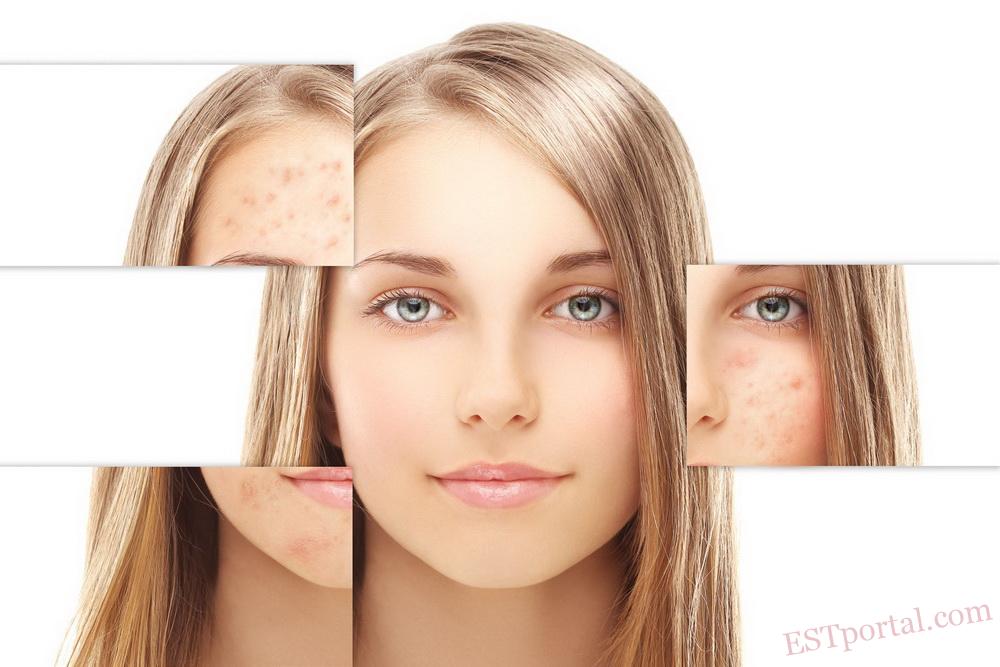
Three Experts, One Mission: Helping Teenagers Overcome Acne and Anxiety
Acne is one of the most common dermatological problems of adolescence. Its causes include hormonal changes, impaired skin barrier function, genetic predisposition, and lifestyle factors.
However, acne is not just about the skin. For a teenager, the face is an essential part of identity, social interaction, and self-esteem. Persistent or severe acne is often accompanied by emotional vulnerability, anxiety, isolation, and, as a result — depressive symptoms.
That is why effective treatment is possible only through an interdisciplinary approach:
- The dermatologist develops the medical strategy;
- The cosmetologist ensures safe skincare and supports adherence to therapy;
- The psychologist addresses the emotional consequences and behavioral patterns that affect the course of acne (touching the face, squeezing pimples, avoiding social situations, etc.).
Such teamwork accelerates recovery, reduces the risk of relapses, and helps establish sustainable skincare habits.
Biological Level
The pathogenesis of acne is multifactorial, involving several interrelated mechanisms: increased sebum production, follicular hyperkeratosis, colonization of follicles by Cutibacterium acnes, and a localized inflammatory response.
These processes lead to the formation of comedones, papulopustular lesions, and post-inflammatory skin changes.
Medical therapy includes topical retinoids, benzoyl peroxide, azelaic acid, antibacterial and anti-inflammatory agents, and — when necessary — systemic treatment.
The dermatologist, as the key member of the team, determines the treatment strategy based on the patient’s age, severity of the condition, associated factors, and skin tolerance.
Behavioral Level
According to modern research, behavioral and psycho-emotional factors significantly influence the course of acne, as they determine the intensity of inflammation, the severity of post-inflammatory changes, and the level of adherence to therapy.
Common mistakes include:
- frequent touching of the face;
- mechanical trauma (excoriations);
- aggressive skin cleansing;
- excessive use of comedogenic products.
Such actions aggravate inflammation and hinder healing. Therefore, correcting behavioral patterns falls within the shared competence of the cosmetologist and psychologist:
- the cosmetologist teaches proper skincare and helps develop sustainable habits;
- the psychologist helps modify emotionally driven reactions that maintain pathological behaviors (such as picking lesions or avoiding social interactions).
Psycho-emotional Level
Visible manifestations of acne have a significant impact on self-esteem, social adaptation, and academic performance. Emotional distress activates the hypothalamic–pituitary–adrenal (HPA) axis, increases cortisol levels, disrupts sleep quality and circadian rhythms, and alters eating patterns — all of which collectively worsen acne through neuroendocrine–inflammatory mechanisms.
Psychological support helps break this cycle: it stabilizes emotions, reduces anxiety, and promotes the development of adaptive coping strategies.
Thus, the interaction between the dermatologist, cosmetologist, and psychologist allows simultaneous work across all levels — biological, behavioral, and psycho-emotional — ensuring not only medical recovery but also psychological resilience and social confidence in adolescents.
Why Acne Treatment “Stalls” Without Psychological Support
Without psychological guidance, the effectiveness of therapy decreases. Teenagers often stop treatment after the first signs of improvement or when they do not see quick results, leading to frustration and loss of motivation. Depressive and anxiety symptoms, which are common among adolescents with acne, significantly affect treatment adherence, consistency in skincare routines, and behavioral habits.
Psychological support helps to:
- normalize expectations and explain that acne therapy is a gradual process, not a “quick cosmetic effect”;
- work with body image, social anxiety, and low self-esteem;
- reduce self-stigmatization and the feeling of “being different,” which often accompanies adolescents with visible acne;
- strengthen motivation and treatment adherence — the patient’s commitment to therapy, which directly determines the long-term outcome of treatment.
Step-by-Step Involvement of Specialists
1. Dermatologist: Developing the Medical Strategy
The first stage involves a clinical examination, assessment of acne severity, skin type, and triggering factors. Based on the collected data, the dermatologist formulates an individual treatment plan, which may include topical therapy (retinoids, benzoyl peroxide, azelaic acid, or combination agents) and, if necessary, systemic treatment. The dermatologist coordinates the entire process, defines the limits of permitted cosmetic procedures, and ensures their safety during periods of active inflammation.
2. Psychologist: Stabilizing the Emotional State
The next step involves engaging a psychologist, who conducts a screening of the adolescent’s psycho-emotional condition, assessing levels of anxiety, self-esteem, and social adaptation. Psychological sessions help reduce stress, normalize emotional balance, and build motivation for consistent treatment.
Regular work with a psychologist reduces the risk of treatment interruption, normalizes body image perception, prevents self-stigmatization, and enhances adherence to skincare routines. Equally important is parental education, as parents often underestimate how much emotional support influences the treatment outcome.
3. Cosmetologist: Supporting Skin and Discipline
The cosmetologist accompanies the treatment at every stage. Initially, they select a basic home care routine: gentle cleansing, non-comedogenic moisturizing, light acids, antibacterial or sebum-regulating serums, and SPF protection. These products help stabilize the skin’s condition and prepare it for dermatological therapy.
Once the skin adapts to the basic routine, the cosmetologist introduces hardware and care procedures agreed upon with the dermatologist — such as gentle combined cleanings, peels with salicylic, azelaic, or TCA acids, carboxytherapy, and hydrating or restorative protocols. These methods reduce the risk of complications, improve the skin barrier function, and promote even renewal.
The cosmetologist also plays an important motivational role — monitoring the home routine, documenting progress through photo records, explaining each stage of the process, and helping the teenager maintain consistency and discipline.
4. Interaction and Sequence of Specialists
Step-by-step involvement of specialists increases the effectiveness of therapy and makes the process clearer for the teenager. Psychological support reduces emotional resistance, the cosmetologist helps develop a sense of control over one’s own skin, and the dermatologist ensures the clinical outcome.
Such a structured model allows the adolescent to take an active role in the process, understand the purpose of each stage, and gradually adapt to long-term treatment without losing motivation.
Results of the Comprehensive Approach
The synergy between the dermatologist, cosmetologist, and psychologist creates an integrated therapeutic system in which medical treatment, professional skincare, and psycho-emotional support complement and reinforce one another. This approach ensures not only stable clinical improvement of the skin condition, but also contributes to the restoration of self-confidence, reduction of anxiety levels, and the development of a healthy perception of one’s appearance. As a result, the adolescent gains not only clearer skin but also a harmonious emotional state, which is an essential prerequisite for the long-term success of therapy.
Conclusions
Adolescent acne is not only a dermatological condition but a multidimensional issue encompassing the biological, psychological, and social aspects of a teenager’s development. Only an interdisciplinary approach — the collaboration of a dermatologist, cosmetologist, and psychologist — ensures stable and safe recovery.
This model addresses all levels — from inflammation to self-esteem. The outcome is not only clearer skin, but also renewed confidence, reduced anxiety, improved social adaptation, and the formation of a healthy self-perception.
A team-based approach is the gold standard of modern acne therapy in adolescents.
References
- Dréno, B. (2017). What is new in the pathophysiology of acne, an overview. Journal of the European Academy of Dermatology and Venereology, 31(Suppl 2), 8-12. https://doi.org/10.1111/jdv.14374
- Williams, H. C., Dellavalle, R. P., & Garner, S. (2012). Acne vulgaris. The Lancet, 379(9813), 361–372. https://doi.org/10.1016/S0140-6736(11)60321-8
- Zaenglein, A. L., Pathy, A. L., Schlosser, B. J., Alikhan, A., Baldwin, H. E., Berson, D. S., … & Bhushan, R. (2016). Guidelines of care for the management of acne vulgaris. Journal of the American Academy of Dermatology, 74(5), 945–973. https://doi.org/10.1016/j.jaad.2015.12.037
- Tanghetti, E. A. (2017). The role of inflammation in the pathology of acne. Journal of Clinical and Aesthetic Dermatology, 10(9), 17–23. https://pubmed.ncbi.nlm.nih.gov/24062871/
- Magin, P., Adams, J., Heading, G., Pond, D., & Smith, W. (2006). Psychological sequelae of acne vulgaris: Results of a qualitative study. Canadian Family Physician, 52(8), 978–979. https://pubmed.ncbi.nlm.nih.gov/17273501/
- Tasoula, E., Gregoriou, S., Chalikias, J., Lazarou, D., Danopoulou, I., Katsambas, A., & Rigopoulos, D. (2012). The impact of acne vulgaris on quality of life and psychic health in young adolescents in Greece. Anais Brasileiros de Dermatologia, 87(6), 862–869. https://doi.org/10.1590/S0365-05962012000600007
Hanna KIBITSKA — dermatologist, cosmetologist, trichologist, and founder of Hanna Kibitska Esthetician Skin Care Studio


